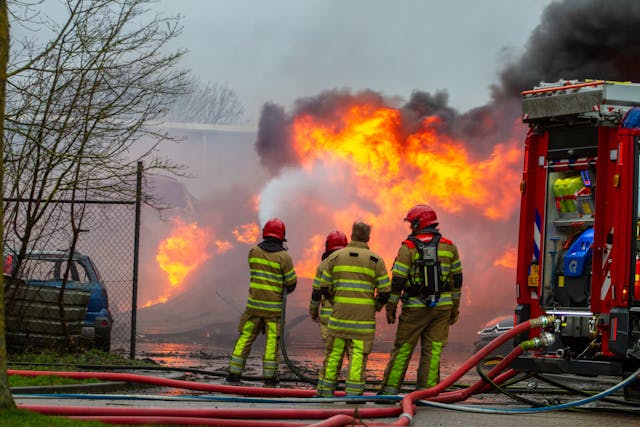In today’s world, ensuring fire safety is more critical than ever. Whether you’re managing a business, a public facility, or even your home, understanding and implementing a fire safety risk assessment is key to safeguarding lives and property. This blog will delve into what a fire safety risk assessment is, why it’s important, and how to conduct one effectively.
What is a Fire Safety Risk Assessment?
A fire safety risk assessment is a systematic process of identifying potential fire hazards, evaluating the risks associated with them, and implementing measures to control or mitigate those risks. The goal is to ensure that risks are minimized to an acceptable level, protecting both people and property from the devastating effects of fire.
Why is Fire Safety Risk Assessment Important?
- Protect Lives: The primary purpose of a fire safety risk assessment is to safeguard lives. By identifying potential hazards and assessing the risks, you can put in place measures to prevent fires or ensure people can escape safely if a fire does occur.
- Comply with Regulations: Many jurisdictions have legal requirements for fire safety risk assessments. Compliance with these regulations not only helps avoid legal consequences but also ensures that you are following best practices for fire safety.
- Reduce Property Damage: Fires can cause significant damage to property. A risk assessment helps identify and address vulnerabilities that could lead to costly repairs or total loss.
- Insurance Benefits: Having a fire safety risk assessment can potentially lower insurance premiums, as it demonstrates proactive measures in mitigating risk.
Steps to Conduct a Fire Safety Risk Assessment
- Identify Fire Hazards: Begin by identifying all potential fire hazards in the area being assessed. This includes sources of ignition, combustible materials, and anything that could contribute to the spread of fire.
- Evaluate Risks: Assess the likelihood of each identified hazard causing a fire and the potential severity of the consequences. Consider factors such as the presence of fire detection systems, fire-fighting equipment, and the general layout of the space.
- Assess People at Risk: Determine who might be at risk in the event of a fire. This includes employees, visitors, residents, and any individuals who may have mobility issues or other special needs.
- Implement Control Measures: Develop and implement strategies to eliminate or control the identified risks. This could involve installing fire alarms, improving fire safety training, or ensuring that fire exits are clearly marked and accessible.
- Record Findings and Actions: Document your findings, the steps taken to mitigate risks, and any recommendations for further action. This record should be reviewed and updated regularly.
- Review and Revise: Fire safety risk assessments are not a one-time task. Regularly review and update the assessment to account for changes in the environment, new hazards, or changes in regulations.
Key Considerations
- Training: Ensure that all individuals are trained in fire safety procedures and know how to react in the event of a fire. Regular drills can help reinforce this knowledge.
- Maintenance: Regularly maintain fire safety equipment such as alarms, extinguishers, and sprinkler systems to ensure they are in working order.
- Emergency Planning: Have a clear emergency plan in place, including evacuation routes and procedures. Make sure everyone is familiar with this plan.
Conclusion
Fire safety risk assessments are a crucial component of a comprehensive fire safety strategy. By systematically identifying and addressing potential hazards, you can create a safer environment for everyone. Regular assessments, combined with effective training and maintenance, help ensure that you are prepared for any fire-related emergencies. Remember, fire safety is an ongoing process, and vigilance is key to protecting lives and property.
